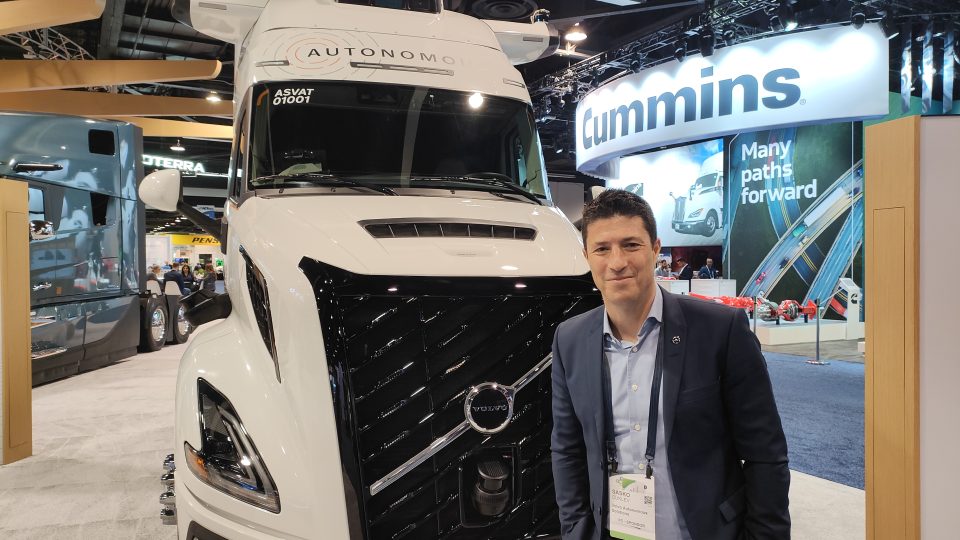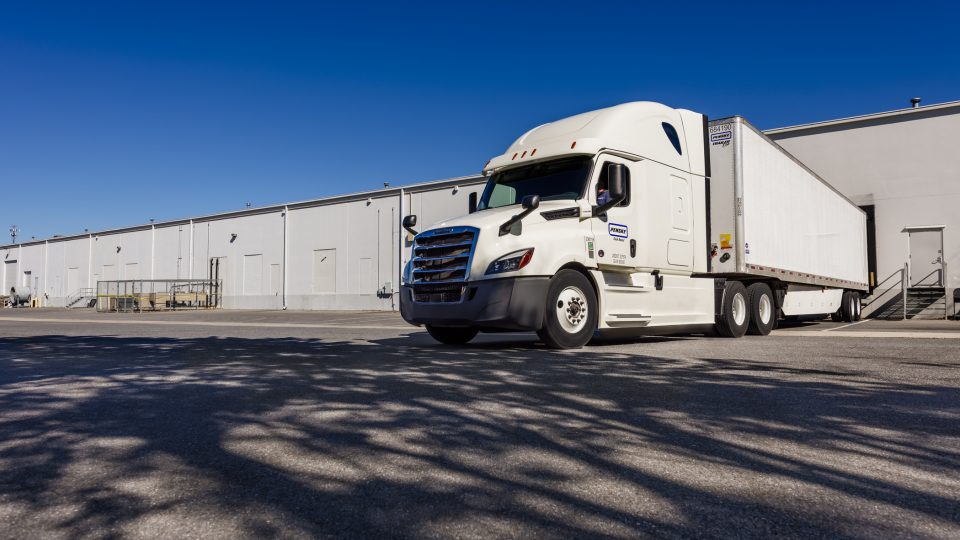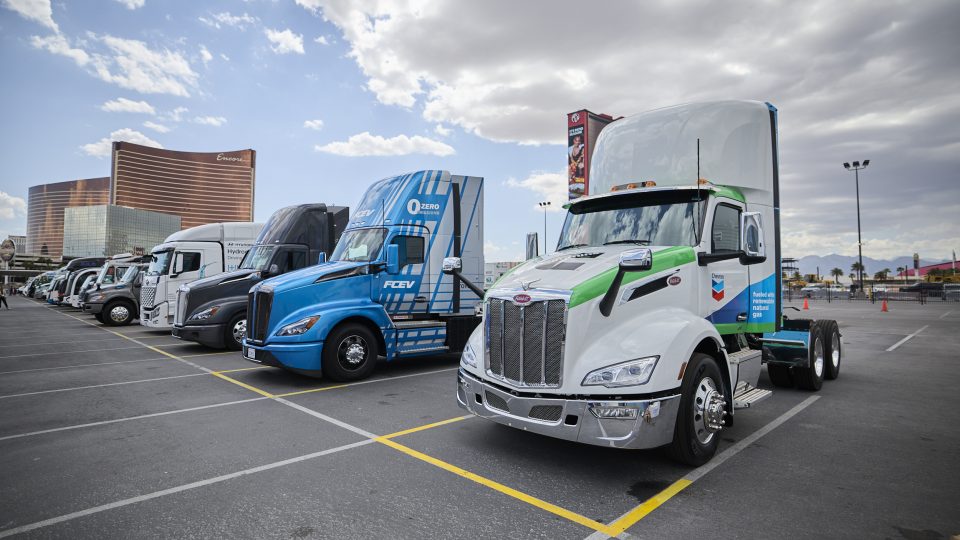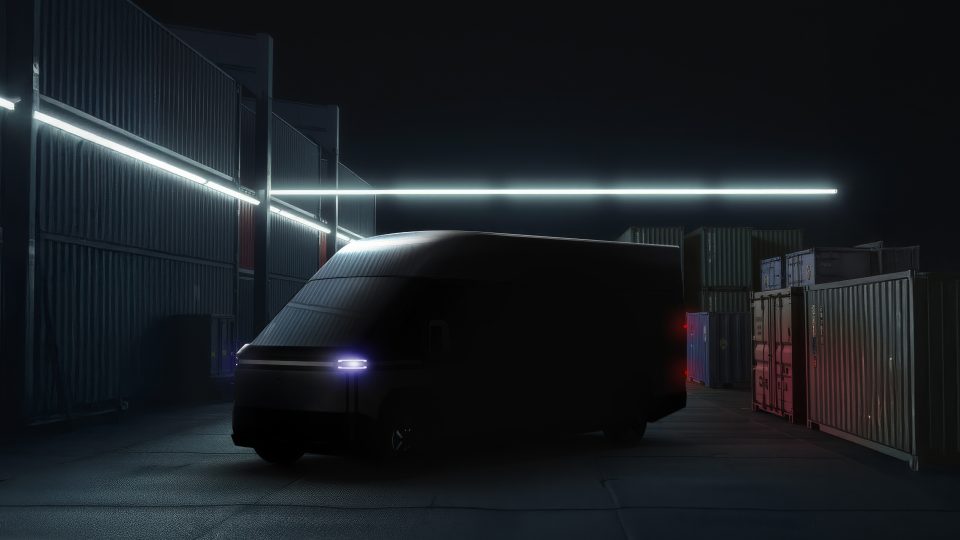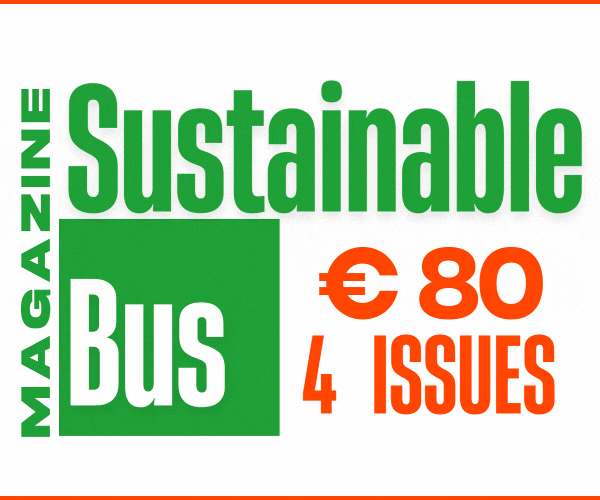Exclusive interview with Anja van Niersen (Milence CEO): “I’m very confident we can meet our targets”
Milence, the joint venture shared by Volvo, Daimler Truck and Traton, aims to deploy at least 1,700 hi-speed charging points by 2027 along the main European freight corridors. The very first hubs are being opened, but there's still a lot of work to do. And no time to lose.
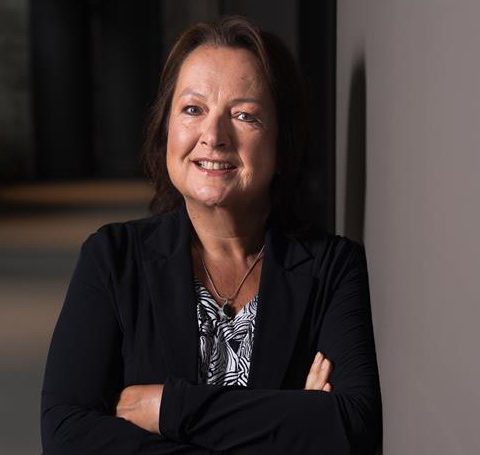
The ultimate target is quite ambitious, as well as crucial for the future of zero emission long-haul transportation in Europe: deploying at least 1,700 hi-speed charging points by 2027. Milence, the joint venture shared by Volvo, Daimler Truck and Traton, gathering nearly all the European truck manufacturers, seems to be the only viable option to get a charging corridor along the main road commercial routes. Anja van Niersen is the CEO of the young company. The one holding quite a big responsibility. Nevertheless, the road ahead is clear, and the very first stage was set some years ago, with the official inauguration of the truck charging hub in Venlo, in the Netherlands, open to the vehicles of all brands. We’ve had a very pleasant chat with her.
The newly inaugurated hub in Venlo was huge news, at the end of last year. How’s the hub doing, some months later? How many trucks are stopping by every day, on average?
At the heart of Milence’s mission is a commitment to a fossil-free future for road transport. To achieve this, Milence is developing its network with a focus on creating green corridors for road transport connecting key logistics hubs. The opening of the Venlo charging hub is the first step towards realising this vision, and we are pleased to see that since its launch in December last year, it is already ahead of plan in terms of utilisation. We have already announced the development of the second phase, which should be operational in the coming weeks. This expansion will double the number of loading bays, allowing more trucks to use our hub on a daily basis.
Looking at the following months, what are the next steps of the Milence project? Is there any new hub inauguration ahead?
As our target is to deploy at least 1.700 charging points by 2027, we need to move at full speed which is what we currently do. There a number of hubs in development and construction phase with 2 major openings planed in Q2: in France, near Rouen and in Belgium at the Port of Antwerp-Bruges. This last one will be the biggest hub we will open this year with the separate sites and a total of 30 charging bays.
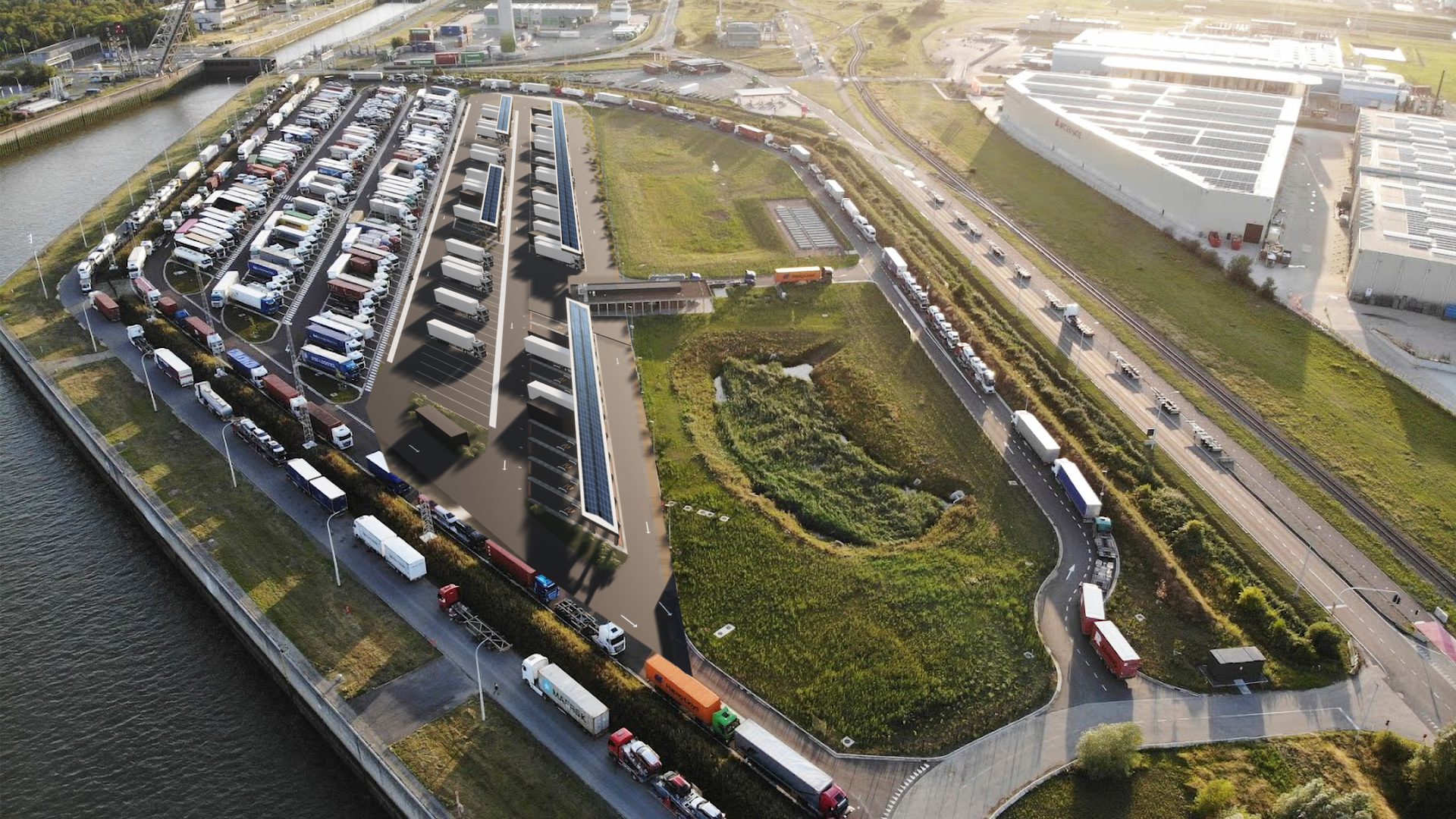
What are the main challenges when it comes to designing new public charging hubs in Europe? Finding the right location, ensuring the necessary power supply, getting all the red tape done, finding the money, or else?
The transition to electrification still faces some challenges, but these can be overcome with the right strategies and policies. One of the most important is future-proofing electricity grids to support the increased demand for electric vehicles. This, together with the complexities of sharing data between different systems and ensuring full interoperability, are key elements in the new ecosystem that needs to be designed. Increasing the number of parking spaces that can accommodate both rest areas and charging facilities, as well as the deployment of the Megawatt Charging System, will ensure the acceleration of EV charging.
We know Milence is working with valuable partners (Hitachi Energy, for instance) to develop megawatt charging systems for the coming years. Would this be the actual breakthrough for long-haul electric truck development and penetration in the market? Or even lower power systems are suitable, in your opinion?
Our partnership with Hitachi Energy and others to develop megawatt charging systems marks a significant leap forward in the field of EV charging. This technology isn’t just about faster charging; it’s about enabling long-haul electric trucks to operate seamlessly across Europe. While megawatt charging is at the forefront, we recognise that the Combined Charging System (CCS) technology will continue to be used and have a key role in providing versatile charging solutions. Together, these technologies meet a wide range of needs, facilitating both quick stops and overnight charging in different locations.
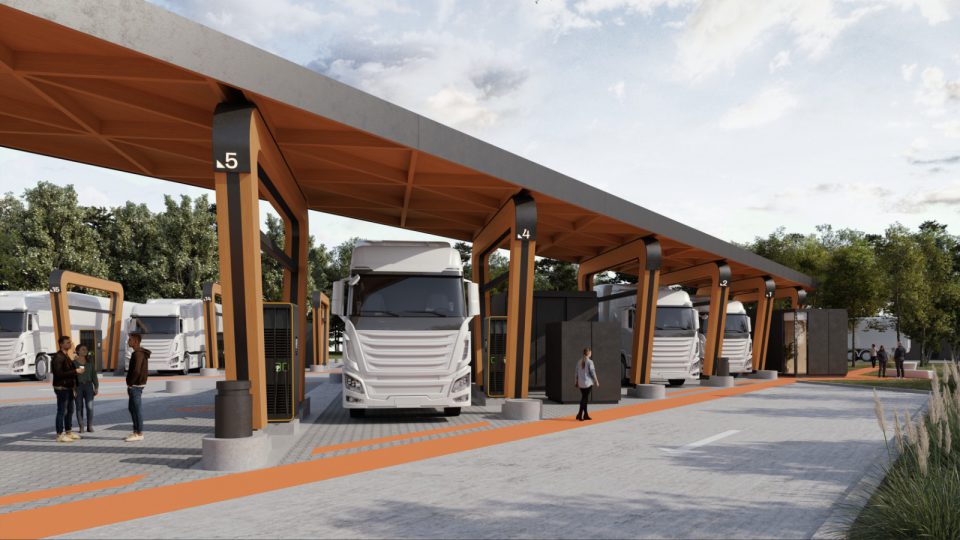
Milence has communicated quite the ambitious target of building over 1,700 high power charging points in Europe by 2027. Do you believe this is still an achievable target? Why?
Yes, we are still very confident that we can meet this target, given the pace we are on and the number of sites we have already contacted and are developing. There is still a lot of work to be done and we are using all the learning from the first hubs we open to make sure we improve and move faster for the others. But working with the market is key. In addition to cooperation between all stakeholders, we need strong commitment and bold decisions from the European administration. Over-regulation is slowing down the transition and the market needs a system of notification, planning and anticipation.
From your perspective, are the manufacturers involved in the joint venture showing the right commitment and support to reach the initial targets?
The joint venture is a clear commitment by our shareholders to electrification. By working closely together, we can leverage each other’s strengths and accelerate this transition. This joint effort will not only ensure the realisation of our project goals, but will also give the market confidence and enable the introduction of electric vehicles in road transport.










